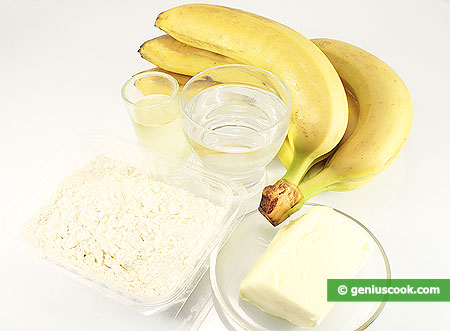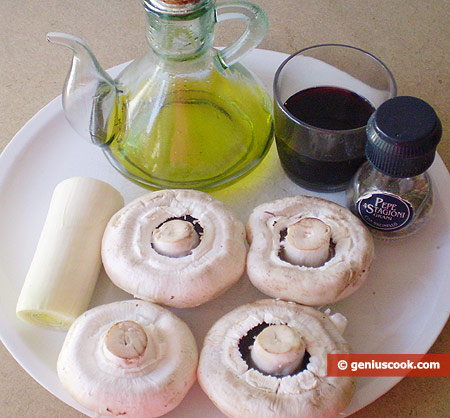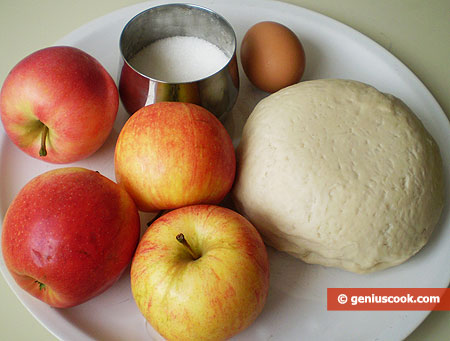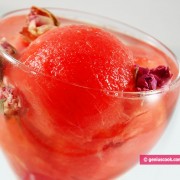Seven Meals That Always Go Well With Wine
We love to eat! There are so many food combinations that make the mouth water at the mere suggestion, and if you add Paso Robles Wines, you are in heaven. Which of these delicious dishes go well with wine?
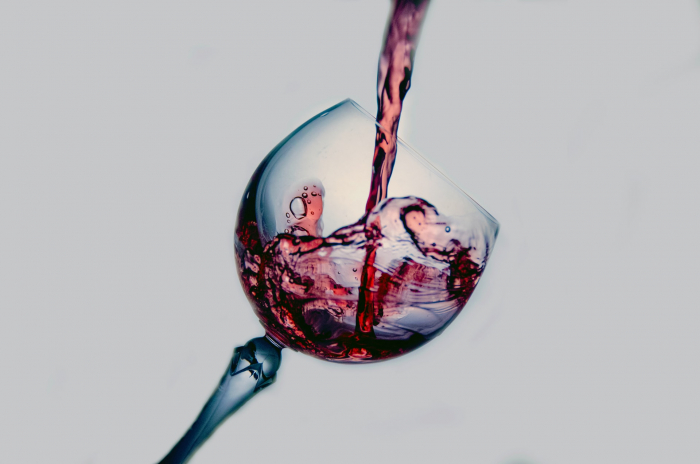
Some Examples of Delicious Meals With Wine
There are many dishes that can be paired well with wine. Here are seven examples:
- Grilled salmon with white wine, such as a Sauvignon Blanc or Chardonnay
- Roasted chicken with red wine, such as a Pinot Noir or Cabernet Sauvignon
- Beef tenderloin with red wine, such as a Merlot or Cabernet Sauvignon
- Lamb chops with red wine, such as a Syrah or Cabernet Sauvignon
- Mushroom risotto with white wine, such as a Chardonnay or Pinot Grigio
- Spaghetti carbonara with white wine, such as a Pinot Grigio or Chardonnay
- Ratatouille with red wine, such as a Grenache or Syrah.
Of course, these are just suggestions and othere are many other dishes that can be paired well with wine. The key is to experiment and find what you like best.

What Is the Difference Between Red Wine and White Wine?
If you are new to wine drinking, you may want to know the difference between red and white wine. The main difference between white wine and red wine is the color, which is determined by the type of grapes used and the winemaking process. Red wine is made from grapes with red or black skins, while white wine is made from white or green grapes.
In addition to the color, there are also some other key differences between white and red wines. Red wines are typically fuller-bodied and have more tannins, which give them a drier, more astringent taste. White wines are typically lighter-bodied and have fewer tannins, which gives them a more delicate, fruity flavor.
Another difference between white and red wines is the way they are served. White wines are typically served chilled, while red wines are served at room temperature or slightly warmer. This is because white wines are more sensitive to temperature and can taste too harsh or bitter if served too cold. Red wines, on the other hand, can lose their flavor and aroma if served too warm.
Overall, the main difference between white and red wines is the color, body, tannin level, and serving temperature. These factors determine the flavor and aroma of the wine and can affect how well the wine pairs with certain foods.
What Should a Beginner Know About Wine?

There is a lot of information to know about different wines, but some basic things you should be aware of include the type of grape used, the region where the wine was made, the winemaker, the wine’s vintage (year of production), and its flavor profile.
The type of grape used to make the wine is an important factor, as different grapes have different flavors and aromas. For example, Chardonnay grapes are known for their buttery, oaky flavor, while Cabernet Sauvignon grapes are known for their bold, fruity flavor.
The region where the wine was made is also important, as different regions have different climates and soils, which can affect the flavor and aroma of the wine. For example, wines from Bordeaux, France are known for their full-bodied, tannic flavors, while wines from Napa Valley, California are known for their rich, fruity flavors.
The winemaker is another important factor, as different winemakers have different winemaking styles and techniques, which can affect the flavor and aroma of the wine. For example, some winemakers may use oak barrels to age their wines, which can give the wine a toasty, vanilla flavor, while others may use stainless steel tanks, which can preserve the wine’s fruitiness.
The wine’s vintage, or year of production, is also important, as wines can vary from year to year depending on the weather and other factors. In general, older wines are more complex and nuanced, while younger wines are fresher and more vibrant.
Finally, the wine’s flavor profile is a general description of its taste and aroma. This can include notes of fruit, such as berries or citrus, as well as notes of herbs, spices, or oak. Understanding a wine’s flavor profile can help you choose the right wine to pair with a particular dish or occasion.



